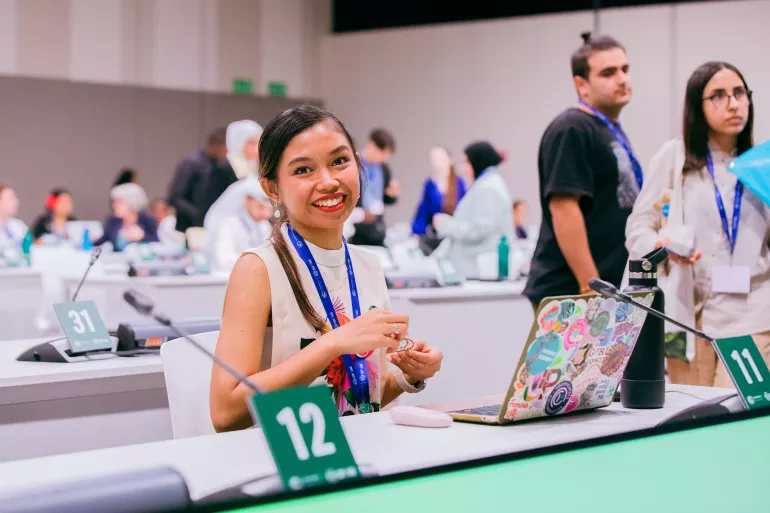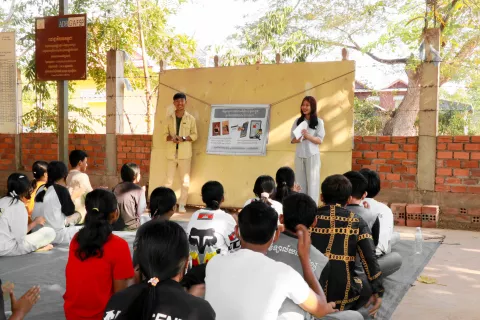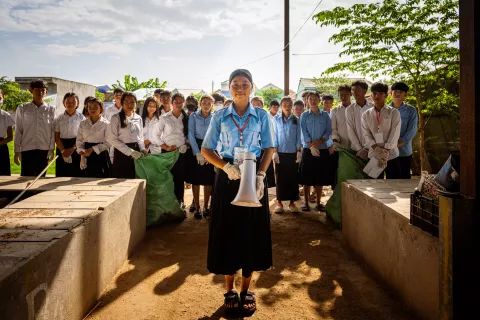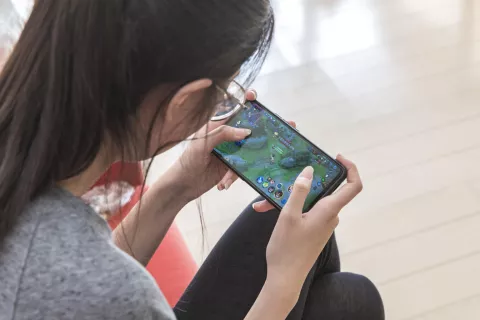As I sat down to reflect on the whirlwind of events at this year’s UN Climate Change Conference (COP28), I found myself stirred by hope yet daunted by the challenges that lie ahead for our future. The dialogues, negotiations, and groundbreaking decisions forged during this conference would undeniably shape our leaders' actions and commitments in the years ahead. But amidst the discussions on policies and emissions targets, I would like to shed light on what COP28 means for us—the children and youth whose futures are at stake.
UNICEF COP28 Position
One crucial aspect I observed was the growing recognition of children's rights in the climate conversation. One of the top advocacy priorities of UNICEF at COP28 was to push for more concrete commitments to protect and invest in children. UNICEF urges leaders to prioritize children's rights by integrating them into the Cover Decision, emphasizing the mention of children in the Global Stocktake, Global Goal for Adaptation, and Loss and Damage Fund final text. This will not only foster a wider understanding of children's vulnerabilities but also strengthen future climate actions and intergenerational equity.
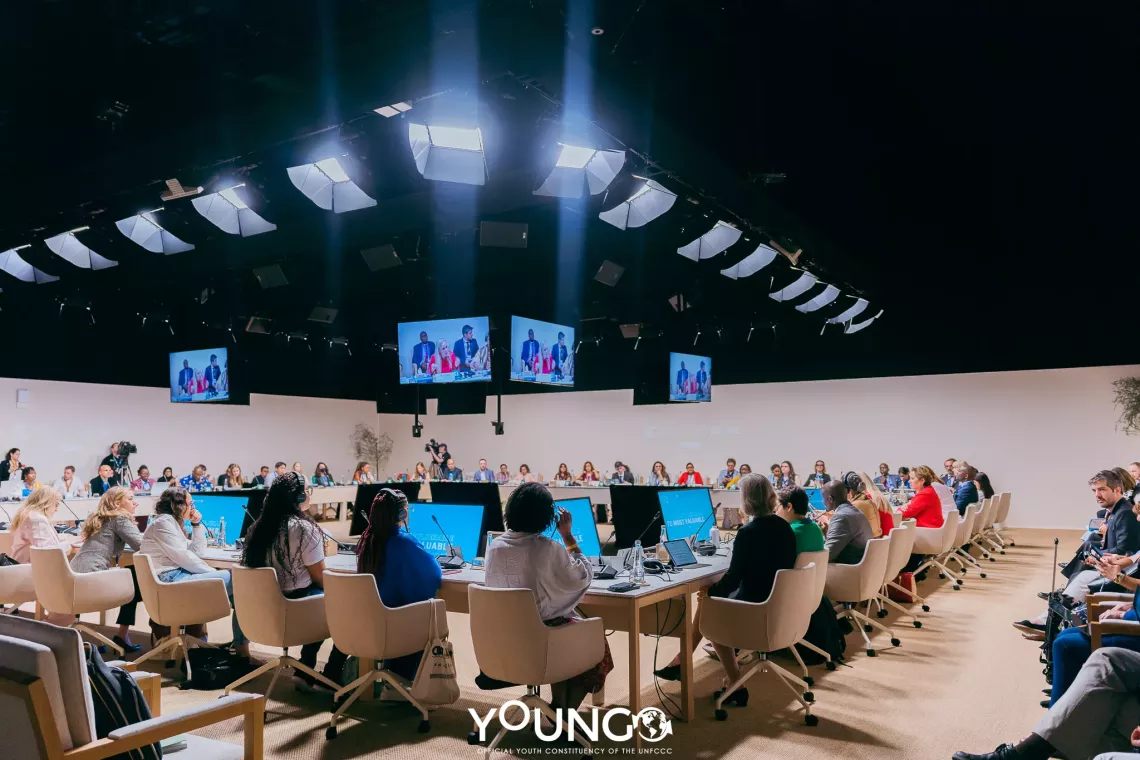
Children and Youth at COP28
This year at COP28, we observed a remarkable increase in youth engagement through new youth-centered initiatives. Notably, YOUNGO, UNICEF, and the Children and Youth Pavilion spearheaded numerous activities, amplifying the voices of children like Prasiddhi Singh (11 years old), Kiara Kaur (7 years old), and Licypriya Kangujam (12 years old), the young delegate who made headlines with her courageous act during a high-level plenary session. Additionally, initiatives such as the Youth Climate Champion and the International Youth Climate Delegate Program, alongside the launch of the first-ever Youth Stocktake and Global Youth Statement, have effectively facilitated youth inclusion in COP processes. Several country delegations made strong efforts to include young people within their delegations. Some of them were assigned substantive portfolios and negotiating roles that allowed them to lead and deliver interventions during meetings.
Tracking Progress
At the core of COP28 lay the groundbreaking Cover Decision—an agreement set to recalibrate our trajectory towards a more sustainable planet. It's not simply a bureaucratic clause but a critical component toward guaranteeing our future in the years ahead. Negotiators from around the world put in extensive effort, working overtime to devise new strategies. However, while progress was evident, there remains a pressing need for further action. COP28 fell short of meeting the decisive measures required by science to limit warming to 1.5 degrees Celsius above pre-industrial levels and reach net zero by 2050. The commitments made were marred by inadequacies—ranging from insufficient funds pledged for the Loss and Damage Fund (the $700 million pledged covers only 0.2% of what is needed) to watered-down language ("transition away" instead of “phase out”) regarding emissions and fossil fuels in the final text of the Global Stocktake.
The issue is to what degree these decisions could uphold the rights of children. These loopholes suggest that the outcomes of COP have been compromised in a way that threatens young people’s future security and safety. Notably, a disconcerting trend emerges from the final text—a minimal acknowledgment of "children" mentioned merely five times and "youth" mentioned three times. This underscores the lack of focus on the welfare of our generation within the Agreement. Furthermore, the absence of new and concrete avenues specifically dedicated to children and youth raises serious concerns about the effectiveness of the plans. This calls for immediate action to rectify the oversight and ensure that the voices of children and youth remain at the forefront of climate solutions.
Another heavily scrutinized development was the institutionalization of the Youth Climate Champion role, which mandates all upcoming COP Presidencies to ensure meaningful participation and representation of young people in future COPs. However, this development has sparked widespread skepticism among youth delegates, generating ongoing debates and varied opinions. While some advocate its merits, others express reservations. The question at the table remains: Will this initiative genuinely ensure meaningful youth participation, or might it risk becoming another superficial attempt at tokenism? How will this help facilitate intergenerational collaboration? This is something we, young people, will be anticipating at COP29.
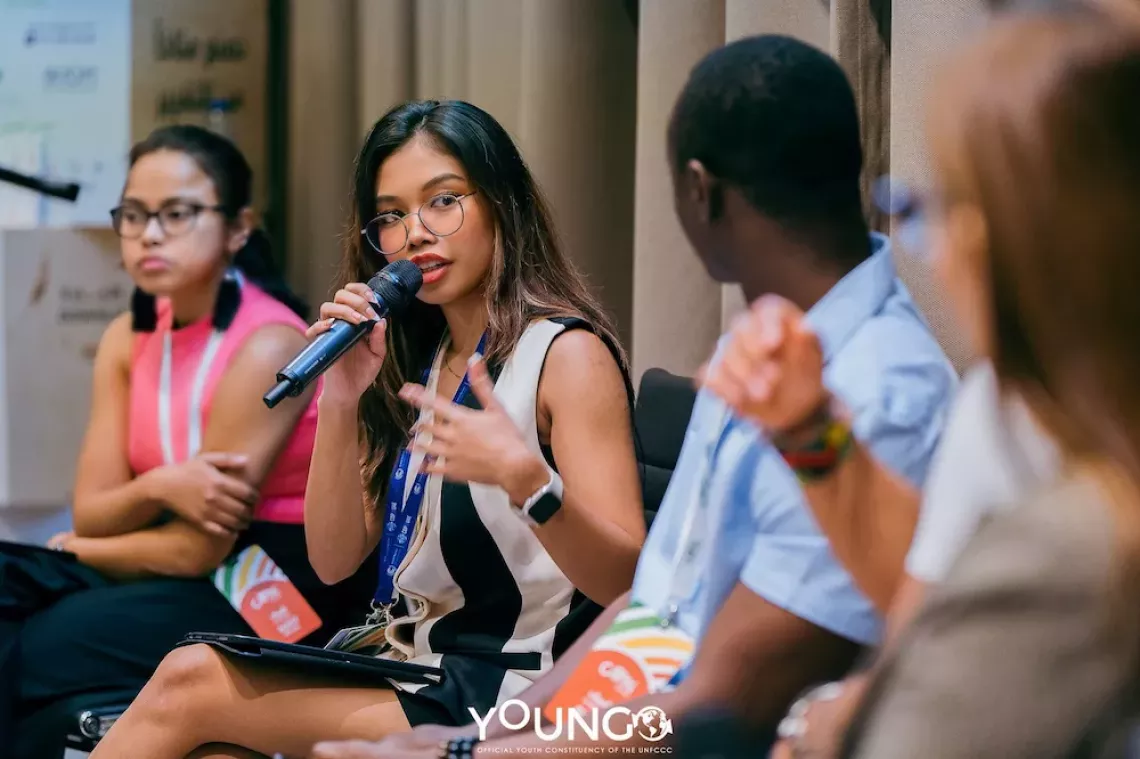
Looking beyond COP28
For us young people the true implications of these decisions go beyond words on paper. The agreements made at COP must materialize into tangible actions that directly benefit children and youth worldwide.
With over 1 billion children extremely at risk of the devastating impacts of the climate crisis, bolder actions and more concrete measures are needed from our leaders. Small steps, in the face of urgency, may fall short considering the gravity of the crisis. It is high time that we champion this generation’s potential to change the system because children’s rights should not just be at the top of the agenda but also we, the young people ourselves, should be part of shaping the agenda.
Nikka Gerona was a YPAT Member (first cohort) and COP28 Youth Delegate


